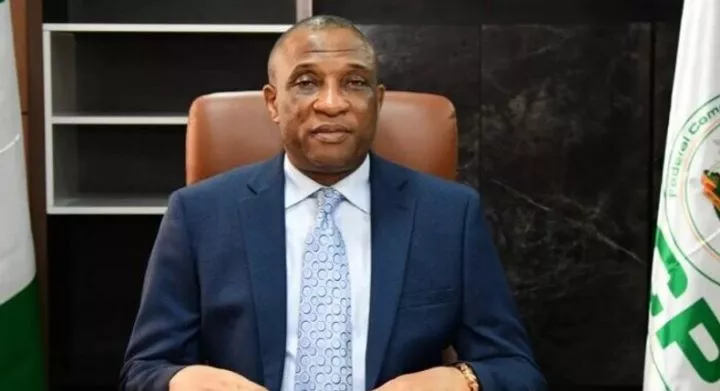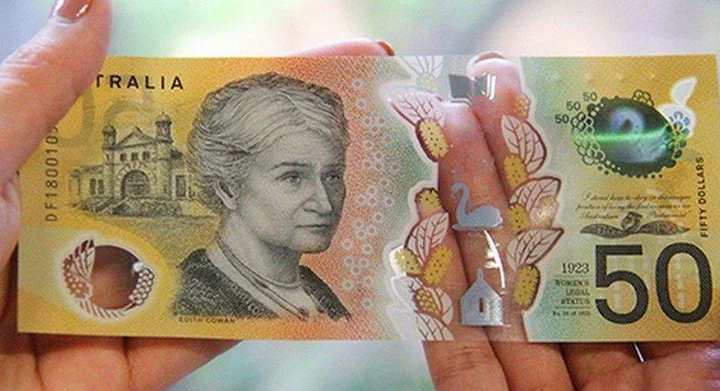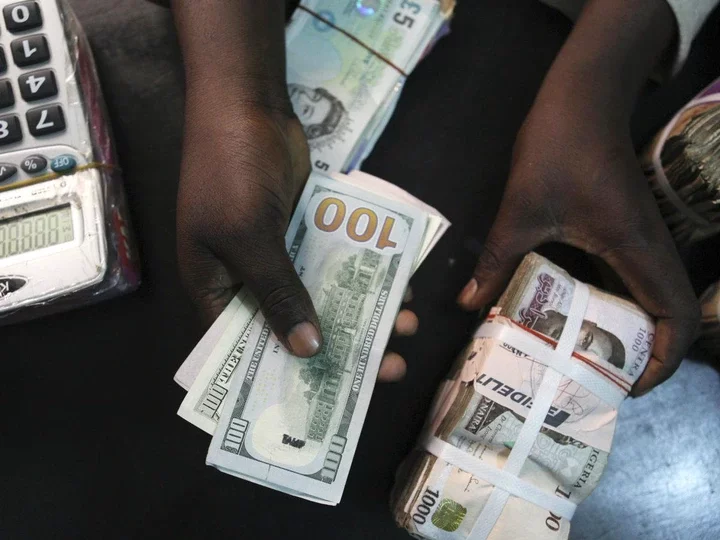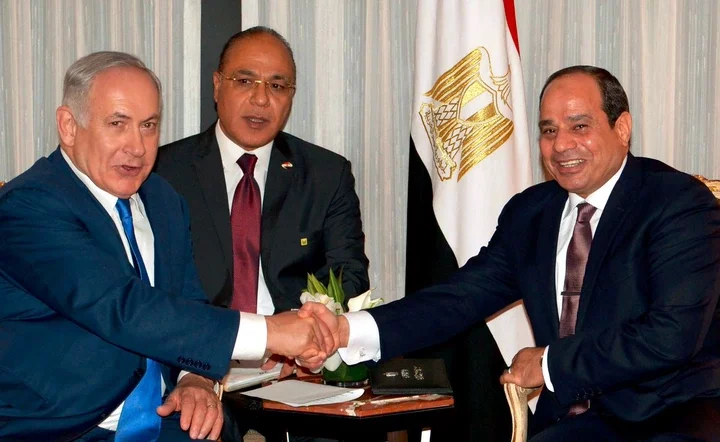
India has witnessed a significant surge in its billionaire population over the past decade, with over 100 new additions, while Nigeria has seen a relatively modest increase, welcoming only one new billionaire, Femi Otedola.
According to a recent report by Forbes, India now boasts a staggering 200 billionaires as of May 2024, marking a remarkable 100% growth in its billionaire population in dollar terms.
In 2014, India ranked fourth in terms of the number of billionaires globally, experiencing a 108% increase from 2010, reaching a total of 102 billionaires by 2020.
India's 100 billionaires in 2014 were worth a combined wealth of $346 billion, a 175% increase when compared to the current $954 billion for 200 billionaires.
In stark contrast, Nigeria, a country known for its economic potential, has seen minimal growth in its billionaire count over the same period.
In 2014, Nigeria boasted 12 individuals on the Forbes list of African billionaires, including prominent figures such as Tony Elumelu, Orji Kalu, and Folorunsho Alakija, worth about £49 billion combined.
However, over the decade, this number dwindled to just three, eventually rising to four with Otedola's re-entry into the list in 2024. This puts Nigeria's representation on the global billionaire index at a mere four individuals worth $27.9 billion combined.
Despite India's larger population density of 1.4 billion people compared to Nigeria's over 200 million people, several factors have contributed to the significant difference in billionaire growth between the two countries.
While India has seen robust economic growth and development across various sectors, including technology, finance, and manufacturing, Nigeria has faced challenges such as political instability and inadequate infrastructure, which have hindered its wealth-creation potential.
A breakdown
Besides India's vast population of 1.4 billion people, additionally, its proactive policies aimed at promoting entrepreneurship, innovation, and foreign investment have created a conducive environment for wealth creation and accumulation.
In contrast, Nigeria has over 200 million people, but its business environment has been marred by bureaucratic hurdles, inconsistent policies, and a lack of adequate infrastructure, deterring potential investors and hindering economic growth.
In retrospect, a 2013 report by Knight Frank shed light on India's burgeoning billionaire population, estimating it at around 60 individuals with a growth rate of 98%, poised to reach 119 by 2023. However, surpassing initial forecasts, India boasted an impressive 169 billionaires by 2023, signalling a remarkable surge in wealth accumulation within the nation.
Meanwhile, Nigeria, Indonesia, Mexico, and Turkey have collectively dubbed the MINTs, denoting countries with favourable fundamentals poised to catalyze economic growth, particularly owing to their favourable demographics.
These nations boasted significant populations characterized by a balance between youth and elderly demographics, providing a conducive environment for rapid economic expansion without necessitating substantial intervention.
Projections indicated that Turkey and Mexico would witness a nearly one-third increase in ultra-wealthy individuals, while Nigeria's count was expected to nearly double, reflecting the anticipated economic dynamism within these nations.
However, a decade later, Nigeria finds itself teetering on the brink of naira devaluation and forex volatility, grappling with economic challenges that have cast a shadow over its once-promising trajectory.
Despite earlier optimism surrounding Nigeria's economic prospects, the nation now faces significant hurdles, including currency devaluation concerns and forex instability, dampening investor confidence and posing formidable challenges to sustained economic growth.
India's edge
The confluence of factors including reductions in corporate taxation, a robust stock market rally, and policy reforms aimed at fostering a conducive environment for the private sector has catalyzed a surge in wealth across various sectors in India, spanning defense, mining, and traditional medicine.
This trend shows no signs of abating as India enters its uptick in economic fortunes driven by a booming economy and the government's pro-business agenda.
However, alongside this prosperity, concerns arise regarding widening inequality, as concentrated pockets of wealth emerge amidst the broader economic landscape.
Deepanshu Mohan, dean of OP Jindal Global University, delineates two divergent paths in economic development: a pro-market model that fosters sector-wide expansion and a pro-business model that concentrates economic power among a select group of influential tycoons.
Mohan asserts that the Indian government has embraced the latter approach, prioritizing policies conducive to concentrated wealth creation.
According to estimates by Knight Frank, the trajectory of wealth accumulation in India is poised for further acceleration, with the number of ultra-high-net-worth individuals-defined as those with a net worth exceeding $30 million-anticipated to surge by 50% by 2028.
The Nigerian scene
Regrettably, Nigeria's currency the Naira, has experienced a significant downturn over the past decade.
As of December 2014, the Naira was valued at N165/$ at the official rate set by the Central Bank of Nigeria (CBN). However, the currency's depreciation has adversely impacted Nigeria's ultra-high-net-worth individuals, with their valuations in dollar terms suffering as a consequence of exchange rate policies.
For instance, Aliko Dangote, Chairman of Dangote Group, incurred substantial losses last year as his net worth saw a considerable decline following the free float of the Naira.
This depreciation has contributed to the decline of other billionaires who previously held positions in the global billionaire wealth rankings.
The devaluation of the Naira commenced after the plummet in oil prices, which began in late 2014 and triggered the initial round of devaluations, causing the Naira to fall from N165/$1 to approximately N187/$1.
Subsequently, by 2016, the exchange rate experienced significant volatility, plummeting to approximately N350/$1 and later to N510/$1 before the introduction of the Investor & Exporter window (IEFX) by the apex bank, aimed at stabilizing the exchange rate over the following two years.
The heightened demand for foreign currency, driven by essential expenses such as educational fees, healthcare, and importation costs, has exacerbated the depreciation of the Naira. Moreover, significant foreign currency inflows from non-oil sources like remittances, tourism, and non-oil exports, largely transacted through the informal market, have compounded the issue.
Furthermore, Nigeria's failure to meet its OPEC oil production quota has significantly influenced the Naira's valuation, given the centrality of oil in the nation's foreign exchange earnings. The situation is exacerbated by rampant oil theft, leading to diminished oil revenue.
The weakening Naira has unleashed broad economic repercussions, including heightened import costs, surging inflation rates, reduced purchasing power, and a deterrent effect on investment inflows. By December 2023, inflation had surged to 28.92%, as reported by the National Bureau of Statistics (NBS), showing the inflationary pressures gripping the economy.
Ultimately, the fate of the Naira hinges on various factors, including the effectiveness of the country's monetary and fiscal policies, political and security stability, and the global community's confidence in Nigeria's economic prospects. These determinants will shape Nigeria's ability to navigate the challenges posed by the currency's depreciation and foster sustainable economic growth.


















Comments